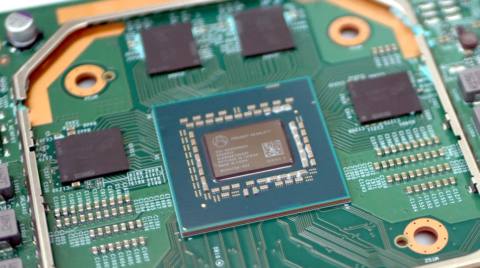
Sometimes experimenting with consoles in a non-warranty-friendly manner can go horribly wrong, so consider this piece as a kind of final farewell to my now-deceased Xbox Series S. To be clear, its demise is entirely down to my own ill-advised tinkering and the machine performed well from the day I got it, but at least possessing a dead console opens up the opportunity to examine the internals of Microsoft’s junior Xbox in a way we’ve not been able to before. Pre-launch, I loved the console’s form-factor and having now stripped it down to its barebones, I’m even more impressed with the quality of the design. It’s a genuine engineering marvel.
To be clear, my overall opinion of the console and its performance has not changed – Series S works but there’s still the sense that the cutbacks to spec were a little too severe. Specifically, I still think it should have shipped with more memory and a wider interface for more bandwidth. However, having disassembled Series S, the quality of the design and the construction is simply excellent. If a PC manufacturer had put together an ultra-small form factor unit like this, packing this much performance into this small a box, the reviews would be stellar. The idea that Microsoft is shipping this at $299/£249 is remarkable.
In terms of the power to size ratio, the closest equivalent I can envisage in the PC space is Intel’s Hades Canyon NUC, which shipped with a Core i7 8809G – a bizarre fusion of a quad-core Intel chip fused with a custom AMD Vega GPU. Xbox Series S is more modern, has better cooling, dramatically superior acoustics, and possesses far superior CPU and graphics performance. This is down to all core functions working from a single piece of silicon, a simplified memory set-up and an excellent cooling solution.
